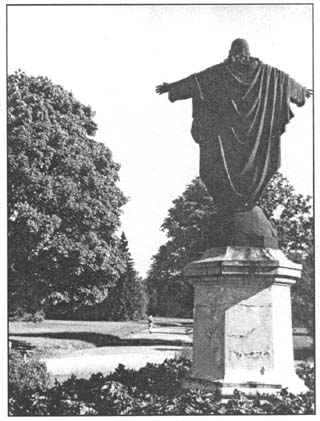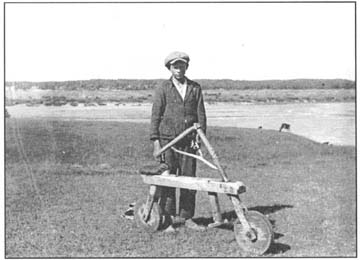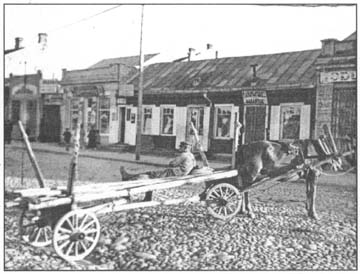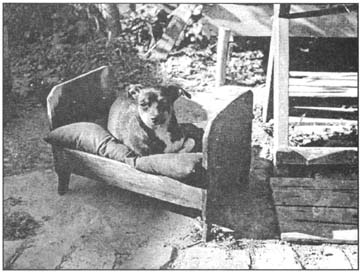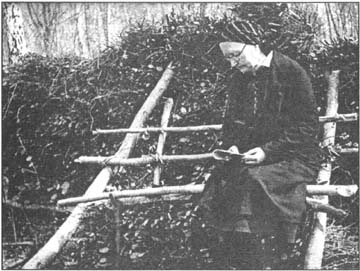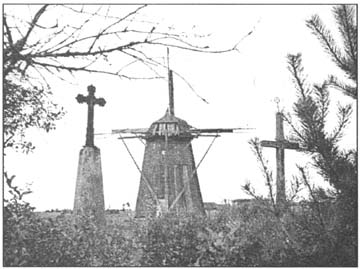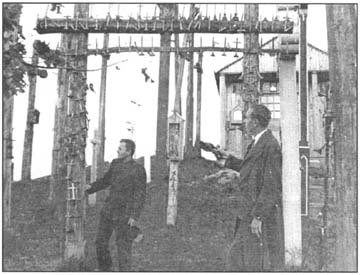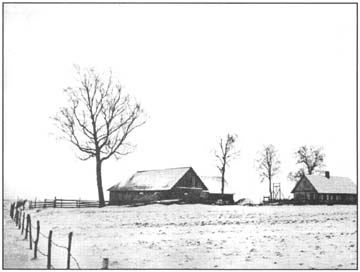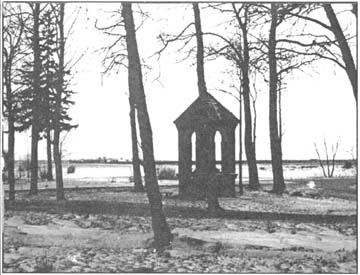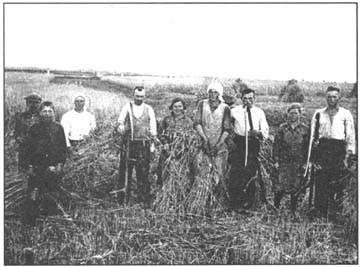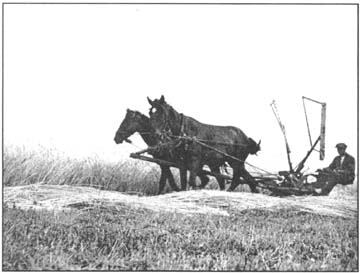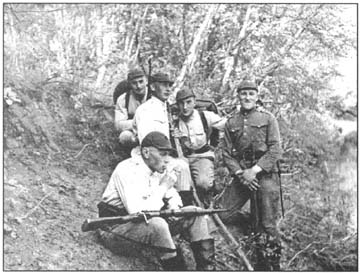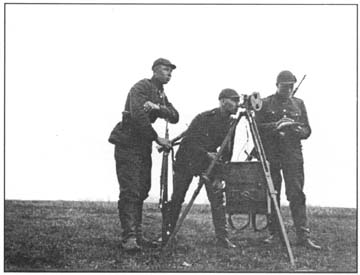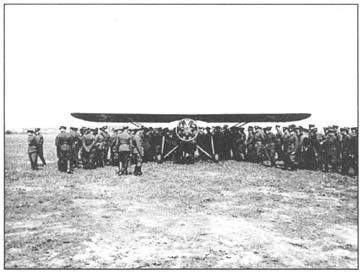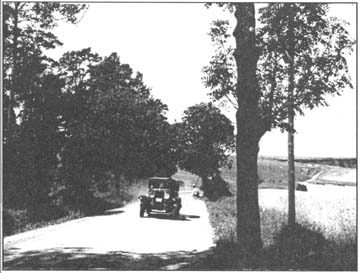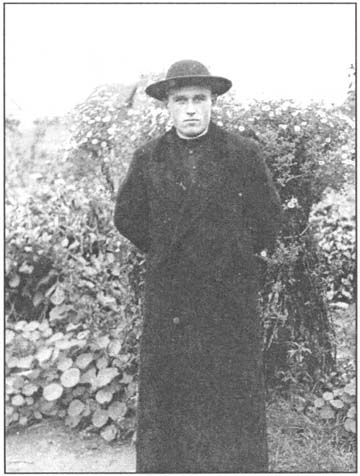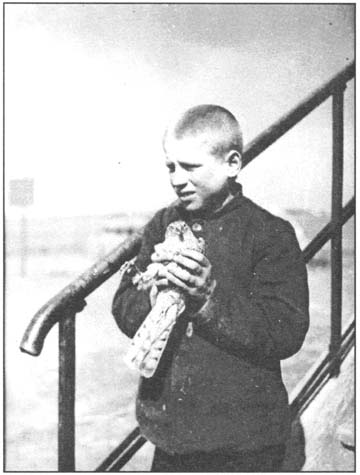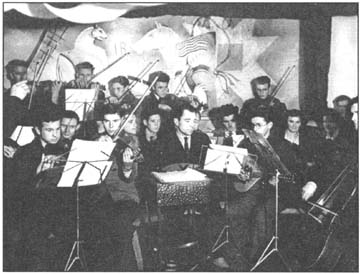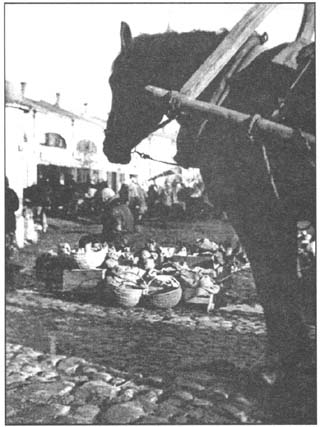Editor of this issue: Violeta Kelertas
Copyright © 2001 LITUANUS Foundation, Inc.

|
LITUANUS
LITHUANIAN QUARTERLY JOURNAL OF ARTS AND SCIENCES
Volume 47, No. 1 - Spring 2001
Editor of this issue: Violeta Kelertas ISSN 0024-5089
Copyright © 2001 LITUANUS Foundation, Inc. |

|
LITHUANIAPREWAR YEARS 1933-1940
PHOTOGRAPHS BY JONAS DVARIŠKIS
ALGIMANTAS KEZYS
An exhibition of Jonas Dvariškis's photographs opened at the Lithuanian Museum of Art in Lemont, Illinois on January 20, 2001. The photographer took pictures of his homeland and its people approximately from 1933 to 1940. He had some photographs published in the magazines of that time, but, after his death in 1944, he remained unknown to a wider audience. The negatives and prints he produced before his death were stored away and surfaced only recently.
"These photographs," write Dr. and Mrs. Vidas Nemickas, the organizers of the exhibition, "were brought from Lithuania to New York in 1990 by Rev. Msgr. Juozas Antanavičius, a resident of Panevėžys, Lithuania. The Monsignor met with Petras Ąžuolas one Sunday after Mass at the Church of the Annunciation of the Blessed Virgin Mary in Brooklyn and showed him the photographs he had brought from Lithuania. Ąžuolas immediately recognized the locale of these pictures and his best friend from his youth, the photographer Jonas Dvariškis.
"Juozas Antanavičius found the negatives in Pakruojis as a sixteen-year-old during Stalin's reign of terror after the death of Dvariškis's mother. He had rented a room in a boardinghouse where she previously lived. Her personal effects, including the negatives, were stored in a nearby shed after her death. Antanavičius came across these negatives, recognized their importance, and hid them until Stalin's death. Once the political climate improved, he was able to make prints from the negatives. Giving the photographs to Petras Ąžuolas at the Annunciation Church in Brooklyn, Monsignor Antanavičius asked him to somehow show them to the world.
"We are now trying to do so," say Dr. Vidas Nemickas and his wife Mary, who is the daughter of the late Petras Ąžuolas.
Jonas Dvariškis was born in 1912 in the village of Pakruojis. He graduated from the Šiauliai Pedagogical College in 1936. That same year, he was drafted into the Lithuanian Army, but did not serve a full term because of his poor health. After being discharged, he first moved to the town of Meldiniai and then to Rozalimas, where he taught elementary school. As time passed, his health deteriorated. Jonas, as did his father, suffered from tuberculosis. He died in 1944 and was buried in the Rozalimas cemetery.
A teacher by profession and a photographer by avocation, Dvariškis spent his free time traveling to nearby towns and villages taking pictures. His traveling companion was his neighbor and childhood friend Petras Ožalas, who would later change his name to Ąžuolas. Dvariškis's subjects included family, relatives, friends, portraits, the Lithuanian army in peacetime, students, city life, churches, ethnographic monuments, rural scenes, marketplaces, the Lithuanian countryside, waterscapes, people vacationing and others.
As a documentarian, Dvariškis is in the same category as his contemporary, the photographer Balys Buračas, who was also a teacher with the same avocationspending his free time traveling and taking pictures of ethnographic subjects he found in the towns and villages of Lithuania. They both produced volumes of important visual material about the life and customs of an era gone by. Buračas received his due only recently (a monograph of his work, Balys Buračas, was published in Lithuania in 1998). Hopefully, Dvariškis will soon follow suit.
What struck this viewer and many others looking at Dvariškis's photographs, was the author's unabashed honesty in approaching his subjects. His honesty embraces both subjective and objective realities, combining them in a single unit. In his work view and viewpoint coalesce unobtrusively. We, the products of a postmodernist mentality, have succumbed to the idea that a "straight" photograph is no longer a valid artistic expression. We relegate it to the lower level expression, considering it a mere snapshot or, at best, documentation for the archives. Dvariškis photographs his subjects as a documentarian, but with a subjective viewpoint that includes a good sense of proportion and design, accuracy of the moment, proper angle, creative lighting, absence of artificiality and other elements that tend to destroy the realism of the scene for the sake of "artistry."
The fact that his pictures having been hidden for a long time are appreciated by viewers a generation later, points to the possibility that they will also be treasured by generations to come. This fact alone (not to mention the artistic merits of the photographs themselves) is proof of their lasting value and significance.
Since no documentation about the sites or persons in the photographs was found, they are published without captions, dates or any other explanation as to the stories behind the pictures, except that the author must have produced them from about 1933 to 1940.
